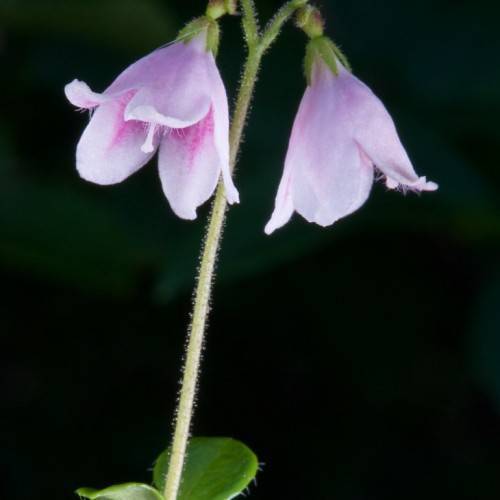
twin flower
Linnaea borealis
Cycle:
Herbaceous Perennial
Watering:
Frequent
Hardiness Zone:
2
Flowers:
Flowers In Summer
Sun:
Full sun
Fruits:
Fruits In Autumn Ready In Fall
Leaf:
Yes
Growth Rate:
High
Poisonous To Pets:
Yes
Drought Tolerant:
Yes
Invasive:
Yes
Care Level:
Medium
watering
Tiger lily needs to be watered regularly and deeply to ensure they receive enough water and nutrients. In general, water your tiger lilies once a week, making sure the soil is evenly moist, but not soaking wet. During dry periods, it may be necessary to water them twice a week. If the soil stays wet for too long, the roots may rot. Additionally, if the leaves start to droop, that's a sign that the plant needs to be watered.
sunlight
When it comes to sunlight for Tiger Lily (Lilium lancifolium), the best exposure is partial shade, or about half the amount of direct sunlight that other plants would get. Tiger Lilies prefer dappled sunlight or the kind of light coming in through a sheer curtain. Direct morning or afternoon sun is allowed, as long as the duration is limited to 4 to 5 hours out of the day. Too much direct sunlight can cause the leaves of the Tiger Lily to scorch. On the other hand, too little sunlight can reduce the vividness of the color of the foliage.
pruning
Tiger lily should be pruned after flowering. Pruning should occur when the plants become overgrown and unruly. Small stems should be cut back, while large stems and foliage may warrant more aggressive pruning. Prune 1/3 of the foliage and flowers, from the tallest stems down to the ground. When pruning, be sure to dispose of dead foliage and spent flowers in order to reduce pest and disease problems. Additionally, be sure to prune the stems at a 45-degree angle to help prevent water buildup and rot. Pruning in late summer and early fall is also beneficial as it stimulates new growth.
